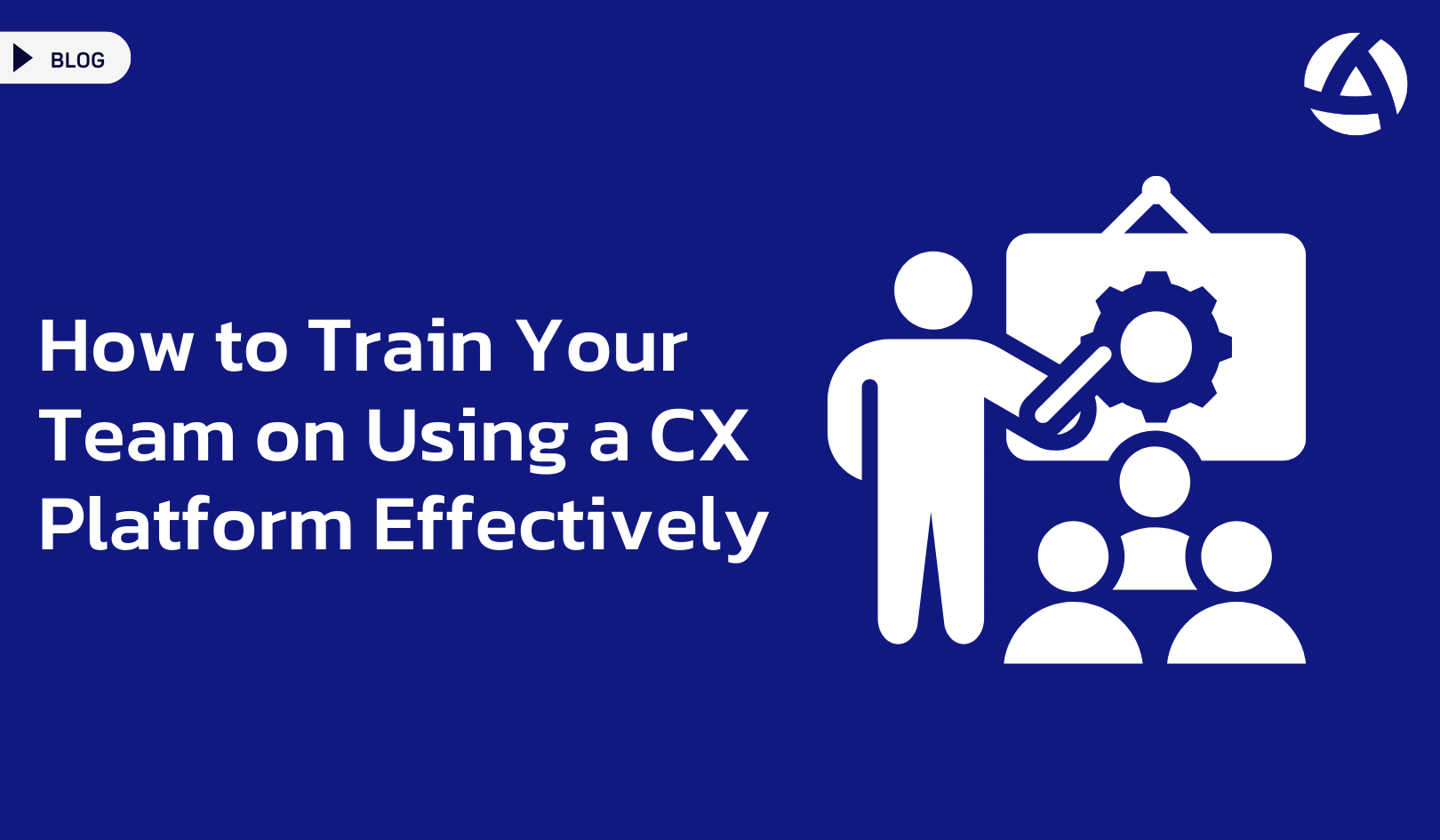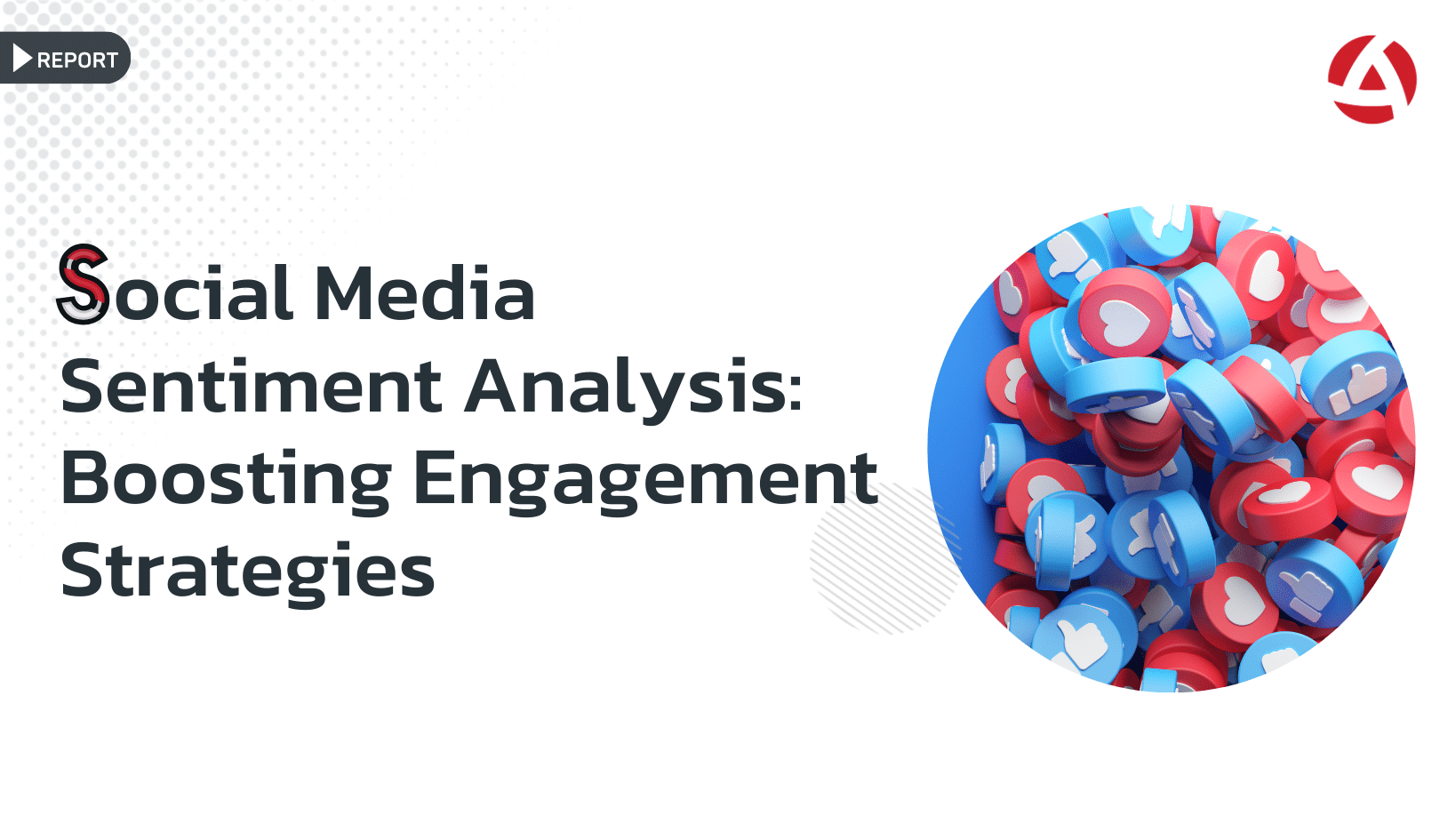Implementing a CX platform can significantly enhance your customer experience strategy, but its success largely depends on how well your team understands and utilizes it. Effective training is crucial to ensure that your team can leverage the full potential of the CX platform. Here’s how to train your team effectively:
Assess Training Needs
Start by evaluating your team’s current skill levels and knowledge gaps related to the CX platform. This assessment will help tailor the training program to address specific areas where your team needs improvement. Conduct surveys, interviews, or skills assessments to gather this information.
Develop a Comprehensive Training Plan
Create a detailed training plan that outlines the objectives, content, and timeline. This plan should include:
- Introduction to the CX Platform: Basic overview and key features.
- Hands-On Practice: Practical exercises to familiarize users with the platform.
- Advanced Features: Training on more sophisticated functionalities.
- Best Practices: Guidelines on how to use the platform most effectively.
Utilize Multiple Training Methods
Different people learn in different ways, so using a mix of training methods can be more effective. Consider incorporating:
- Interactive Workshops: Hands-on sessions where team members can practice using the platform.
- Online Tutorials and Webinars: Flexible learning options that team members can access at their own pace. For example: Hubspot’s Customer Service Training Guide
- Documentation and Guides: Comprehensive manuals and quick reference guides for easy access to information.
- Mentorship Programs: Pairing less experienced users with more knowledgeable team members for one-on-one guidance.
Leverage Vendor Support
Take advantage of the resources and support offered by the CX platform vendor. Many vendors provide:
- Onboarding Assistance: Initial setup and training to get your team started.
- Ongoing Support: Access to customer support for troubleshooting and questions.
- Training Materials: Pre-made tutorials, videos, and guides that you can incorporate into your training program.
- Certification Programs: Opportunities for team members to become certified experts in using the platform.
Encourage Continuous Learning
Technology and customer expectations are constantly evolving, so ongoing training is essential. Encourage a culture of continuous learning by:
- Regular Updates and Refresher Courses: Keep your team updated on new features and best practices.
- Knowledge Sharing: Create a forum or regular meetings where team members can share tips, tricks, and insights.
- Professional Development: Provide opportunities for team members to attend conferences, webinars, and other learning events related to customer experience.
Measure Training Effectiveness
Track the progress of your training program to ensure it is effective. Use metrics such as:
- User Proficiency: Assess how well team members can use the CX platform.
- Customer Feedback: Monitor changes in customer satisfaction and feedback.
- Platform Utilization: Track how frequently and effectively the platform is being used.
- Performance Metrics: Measure improvements in key performance indicators related to customer experience.
Gather feedback from your team about the training program to identify areas for improvement. Make adjustments as needed to ensure the training remains relevant and effective.
Foster a Supportive Environment
Create an environment where team members feel comfortable asking questions and seeking help. Establish a support system, such as:
- Help Desk: A dedicated support team or individual who can assist with platform-related issues.
- Online Resources: An internal knowledge base or FAQ section where common questions and problems are addressed.
- Peer Support: Encourage team members to collaborate and support each other in learning and using the platform.
Conclusion
Training your team on using a CX platform effectively requires a structured approach that includes assessing needs, developing a comprehensive training plan, utilizing multiple training methods, leveraging vendor support, encouraging continuous learning, measuring training effectiveness, and fostering a supportive environment. By following these steps, you can ensure that your team is well-equipped to maximize the benefits of your CX platform and deliver exceptional customer
To learn more about CX platform you could read our blog “Three Ways to Boost Customer Retention with a CX Platform“





